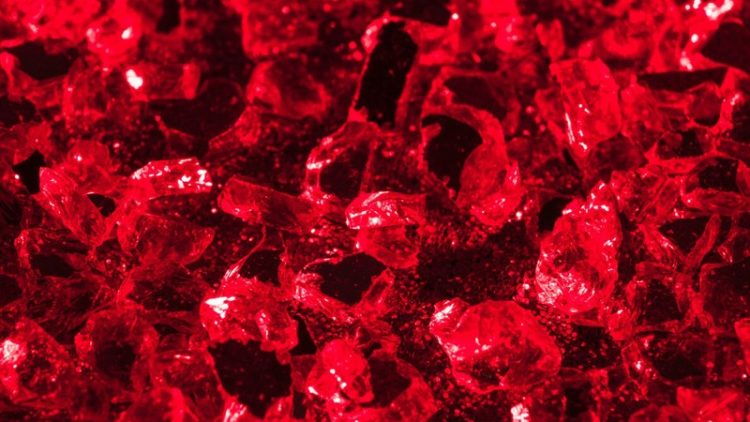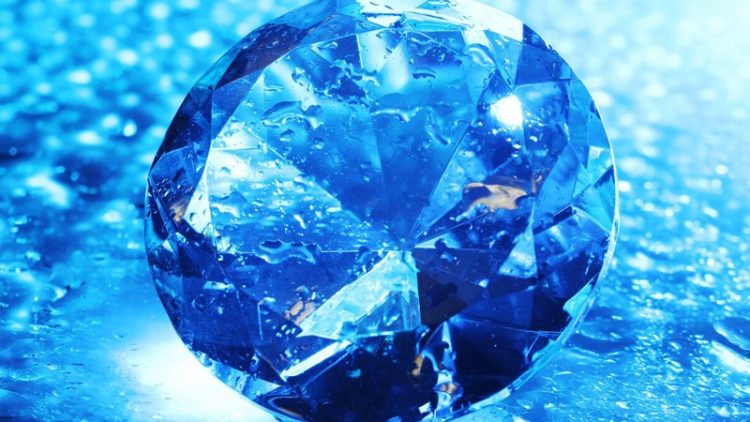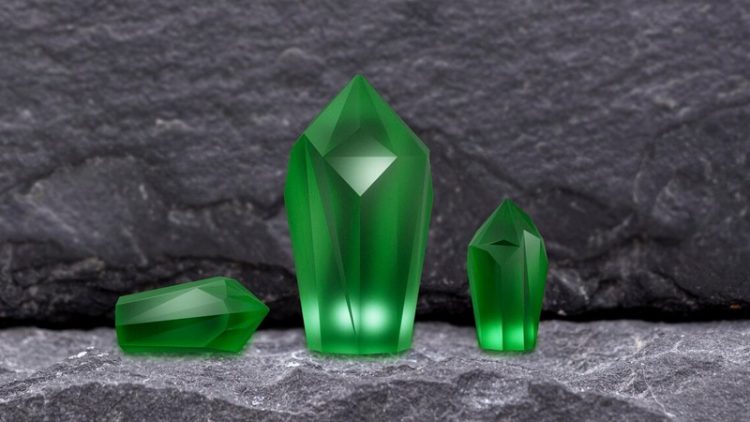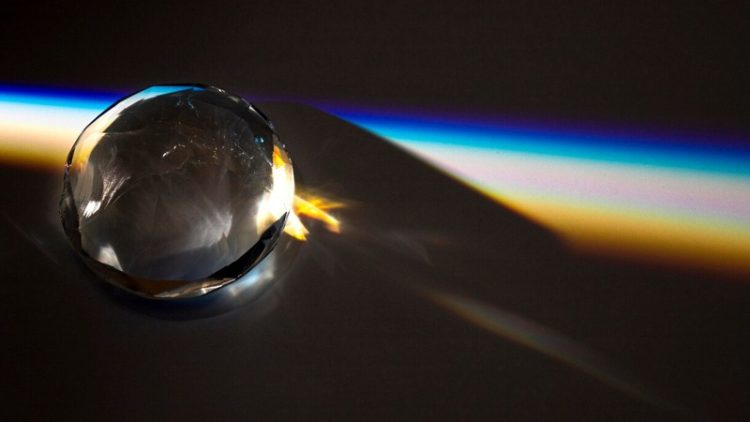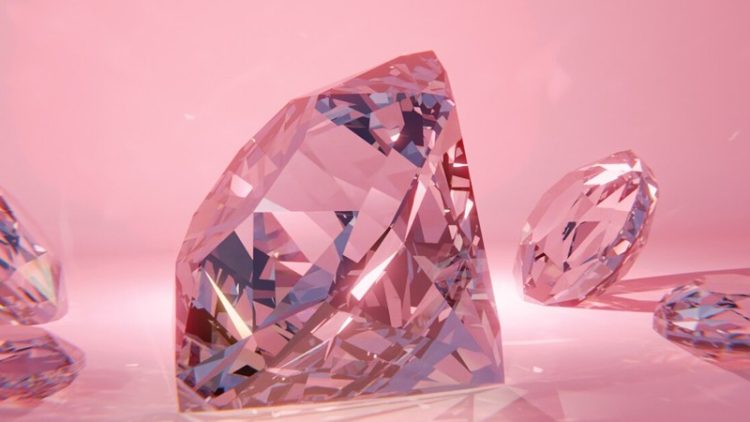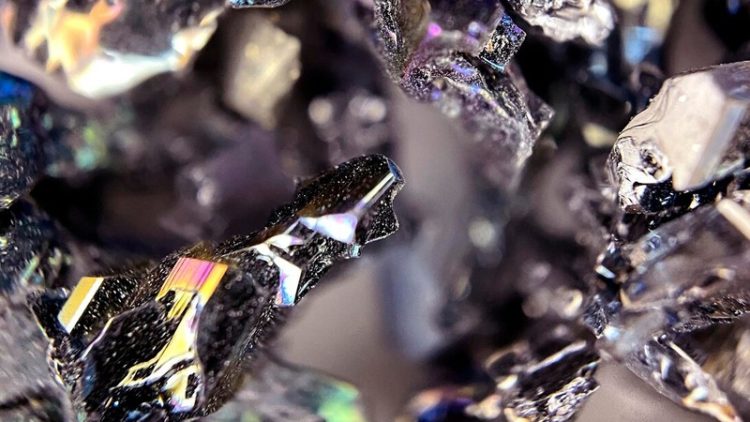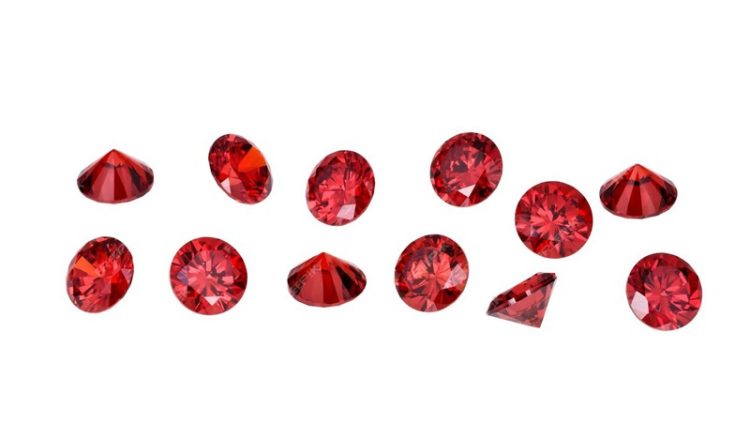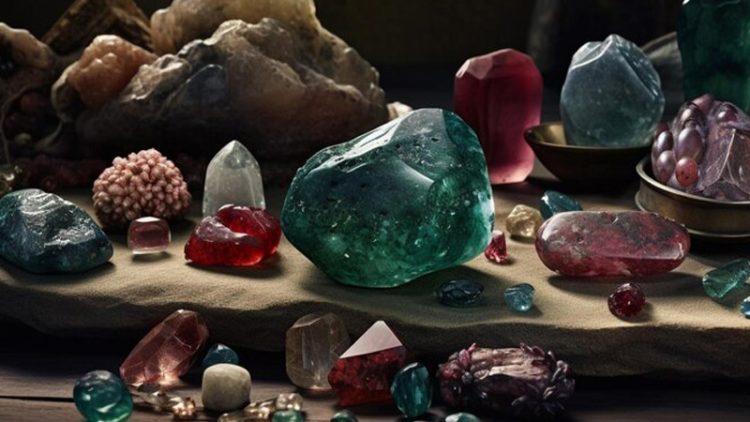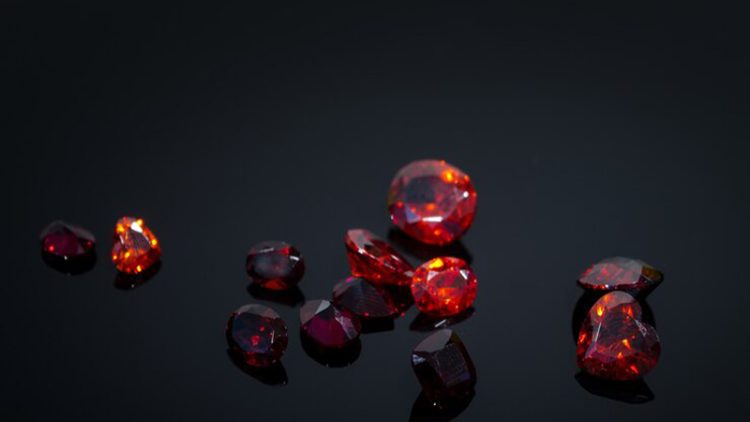Discover the Enchanting Allure of Burma Rubies: The Pinnacle of Red Gemstones
A Burma ruby, often simply referred to as a Burmese ruby, is a highly prized and valuable variety of ruby known for its exceptional quality and vivid red color. Here’s an explanation of Burma rubies:
1. Origin: Burma (now known as Myanmar) has historically been one of the most famous and significant sources of high-quality rubies. Burmese rubies are revered for their intense, pure red color, often described as “pigeon’s blood” red, and are considered among the finest rubies in the world.
2. Color: The defining characteristic of a Burma ruby is its vivid, rich, and saturated red color. The most valuable Burmese rubies exhibit a pure and intense red hue with a slight or no undertone. The presence of chromium in the crystal structure contributes to this striking color.
3. Clarity: The finest Burma rubies are often transparent and free of visible inclusions. However, it’s not uncommon for Burmese rubies to have some inclusions. Some inclusions are acceptable, as long as they don’t significantly detract from the overall beauty of the stone.
4. Rarity: High-quality Burma rubies are exceptionally rare, and their scarcity adds to their desirability and value. The difficulty of sourcing top-quality Burmese rubies has made them highly sought after by collectors and connoisseurs.
5. Value: The value of a Burma ruby is determined primarily by its color, size, clarity, and origin. Exceptional Burmese rubies with a vivid, pure red color, good transparency, and minimal inclusions can command extraordinarily high prices.
6. Durability: Rubies, including Burma rubies, are among the hardest gemstones, with a Mohs hardness rating of 9. This durability makes them suitable for use in all types of jewelry.
7. Jewelry: Burma rubies are often used in high-end jewelry, including rings, necklaces, earrings, and bracelets. Their intense color and rarity make them a popular choice for creating exquisite and valuable pieces.
8. Treatments: It’s essential to note that some Burma rubies, like many rubies from various sources, may undergo heat treatment to enhance their color and clarity. Such treatments are commonly accepted in the gemstone industry, provided they are disclosed.
Burma rubies are celebrated for their exceptional beauty and their status as some of the most prestigious and valuable rubies available. Their intense red hue and purity, combined with their scarcity, have cemented their reputation as some of the world’s most coveted and sought-after gemstones.

